
Today Fifty Shades of Grey may feel liberating to new generation of women around the world, yet the culture of BDSM had been creeping into pop culture even before Bettie Page vamped it up as a dominatrix in the photographs of Irving Klaw and his sister Paula in the 1950s and has often cropped up in the mainstream over the years since.
Many documentary photographers have found their way into dungeons where the limits of sexuality are tested and fantasies are played out, turning their lens on this underworld of pleasure and pain. And they’ve emerged with quite different views of the proceedings.
In the 1980s, award winning photographer Donna Ferrato, known for her now iconic images of domestic violence, explored the bonds that tie people together in her book Love and Lust, published by Aperture. “I’ve always been dismissive of the limitations of the straight and narrow,” Ferrato tells TIME. “The way I take pictures is to get in close, close enough to hear people talking in their sleep. Pure and simple, I’m after the essence of what it takes to be human. Without my sexuality what am I?”
Ferrato is a fierce champion of women’s rights, she says. “To hold on to my sanity throughout the years and to help me bear in mind that love has many sides I have sought out people who adore sex, feel happy with their bodies and fight against moralist, repressive attitudes. S&M can be wickedly hot. People are drawn to S&M because they want to know what triggers them and pushes them over the edge. It’s about the adrenaline rush. Conventional sex doesn’t do it.”
Ferrato used to photograph in small New York City sex spots such as Belle Du Jour, Chateau 19, Paddles, The Vault, and various clubs in the Meatpacking District. Or dungeons like L’Oeil Caché. “That’s where I saw one of the richest, most powerful women in the business world, looking on the surface straight and ‘normal’,” she says.
“One of these women asked the dominatrix to be chained to the wall and whipped with a cat of nine tails as her big gorgeous husband was watching along with a dozen others. I was intrigued and approached him. ‘Your wife looks like she’s enjoying herself. Do you think she would mind if I took her picture?’ He said she would love that. And I wasn’t surprised because experience has taught me that women love being photographed in S&M scenes. To the contrary, I believe men and women who are extremely self confident and successful, want to push the boundaries of submission and domination. Often times the more powerful a person is, the more exciting it is for them to relinquish their power to someone who turns them on. Traditional sex, like, in the bed, leaves them dead cold.”
Magnum photographer Susan Meiselas, also in New York, who documented the club Pandora’s Box in the 1990s saw it differently. “I first heard about Pandora’s Box from a British filmmaker and friend, Nick Broomfield, who was beginning a documentary for HBO based on their club,” she says. “Nick knew my work Carnival Strippers from the early 70s and simply said I had to see sex workers of the 90s. Within a day I headed there to find that just off Fifth Avenue there was a 10,000 sq foot loft, calling itself a ‘Disneyland of Domination.’”
“There were of course several perspectives to portray, the owners who created a very specific seductive environment, the clients, with certain needs or fantasies, and the women, who serviced for considerable economic return. Each play a role in a co-dependent, theatricalized world,” she says. “It was painful for me to see the dynamic of desire enacted playfully but still with a resonance of the real that lies behind torture, which, as a process, is rarely documented.”
“I have more often seen the aftermath—scars, burns, lashes—the traces but not the trauma that reside below the surface,” Meiselas adds. “The everydayness of this engagement haunted me for a long time about the comfort of cruelty.”
To read more about TIME’s coverage of 50 Shades of Grey click here.
To see more of the photographers featured here visit: Donna Ferrato, Susan Meiselas, Victor Cobo, Bruce Gilden, Martin Parr and Eve Arnold.
Paul Moakley is the deputy director of photography at TIME and you can follow him on twitter @paulmoakley
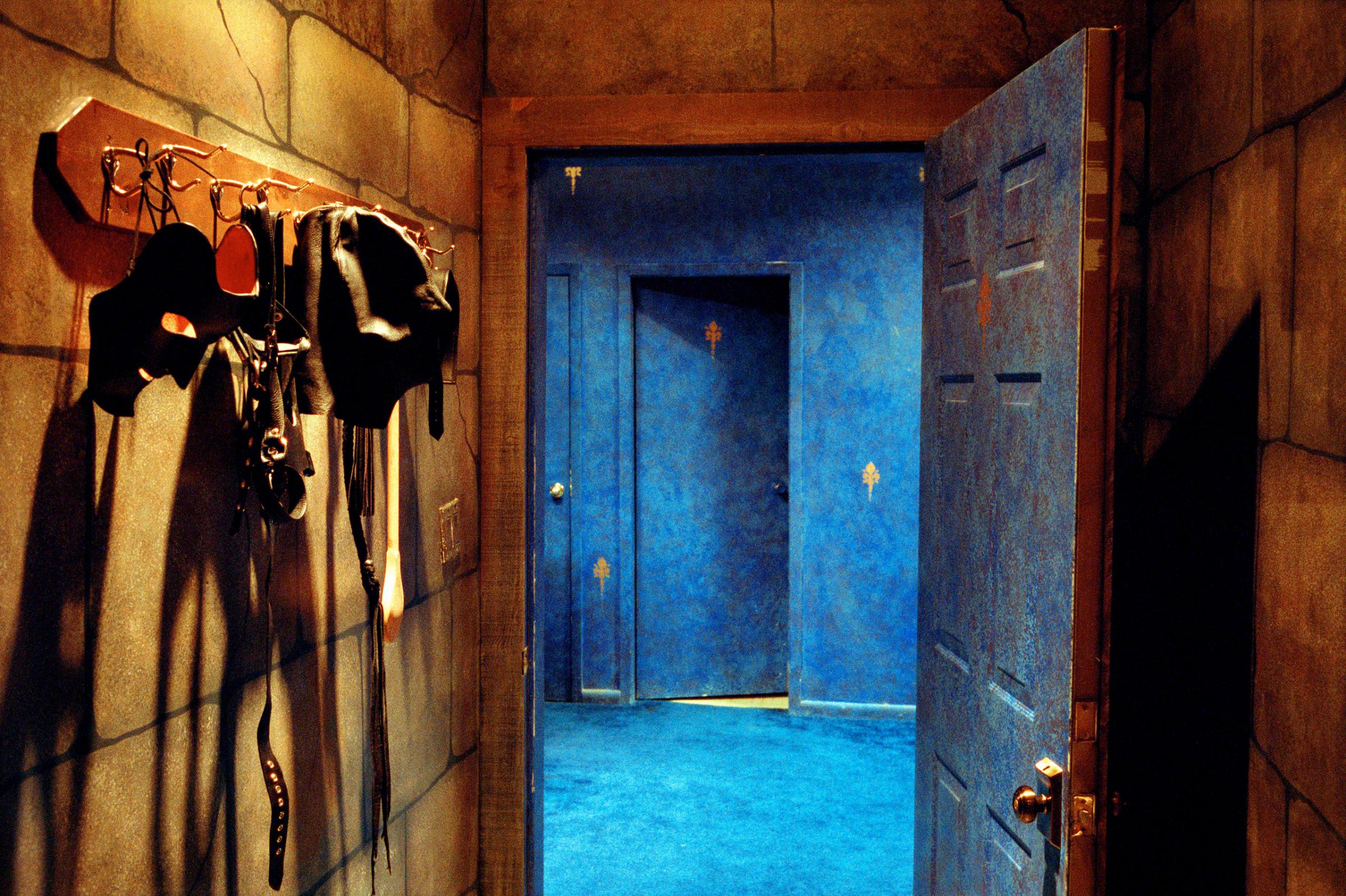
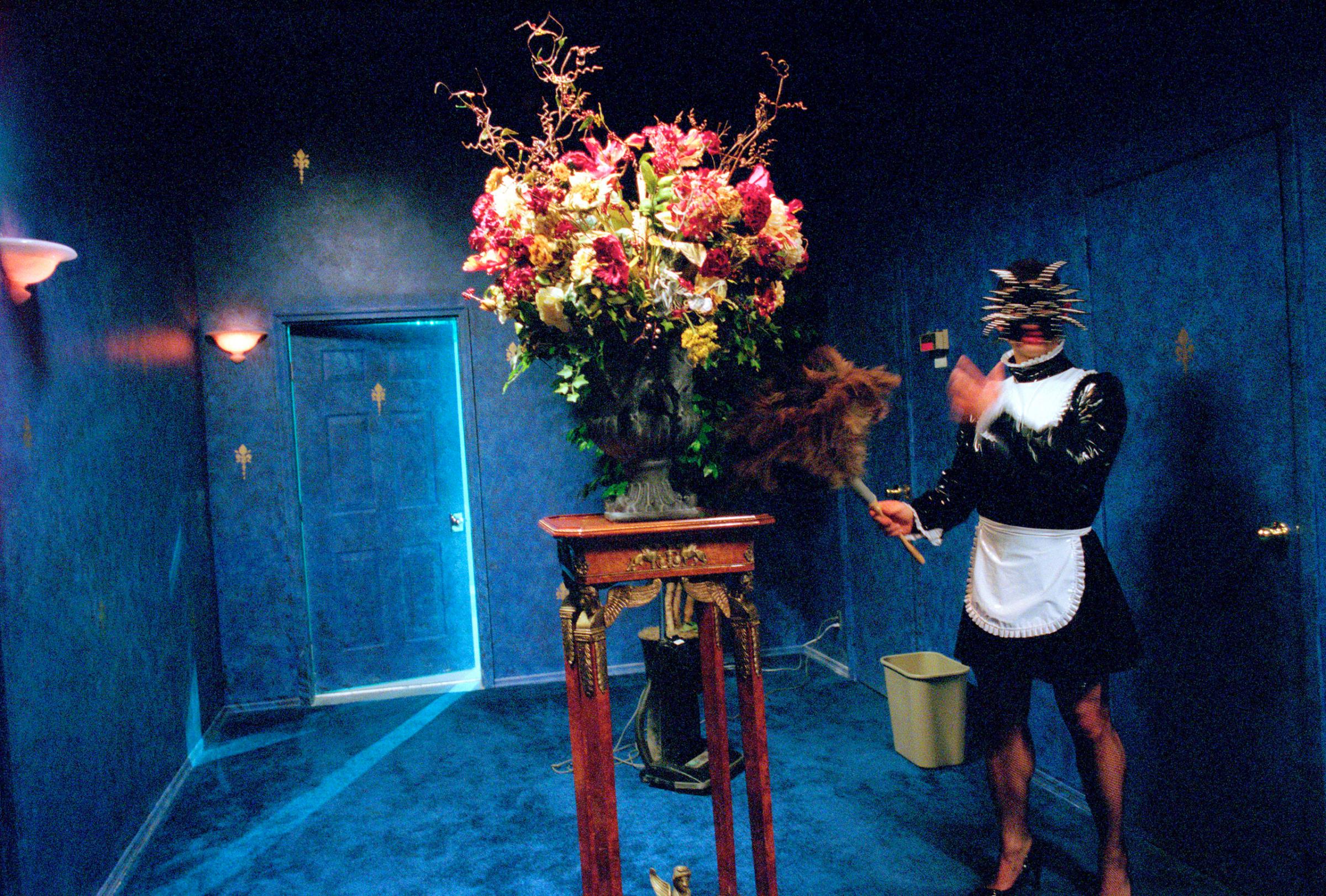
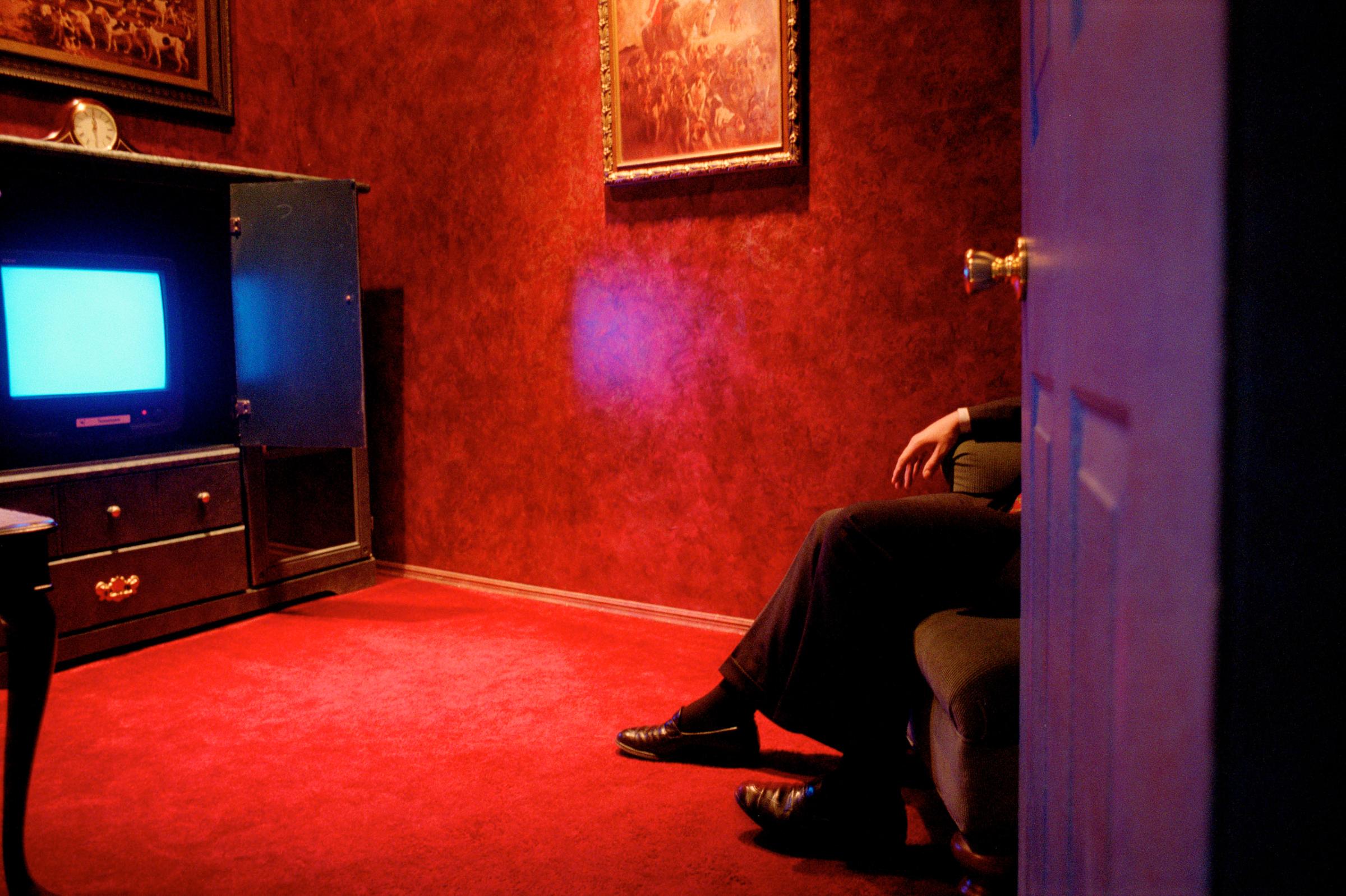

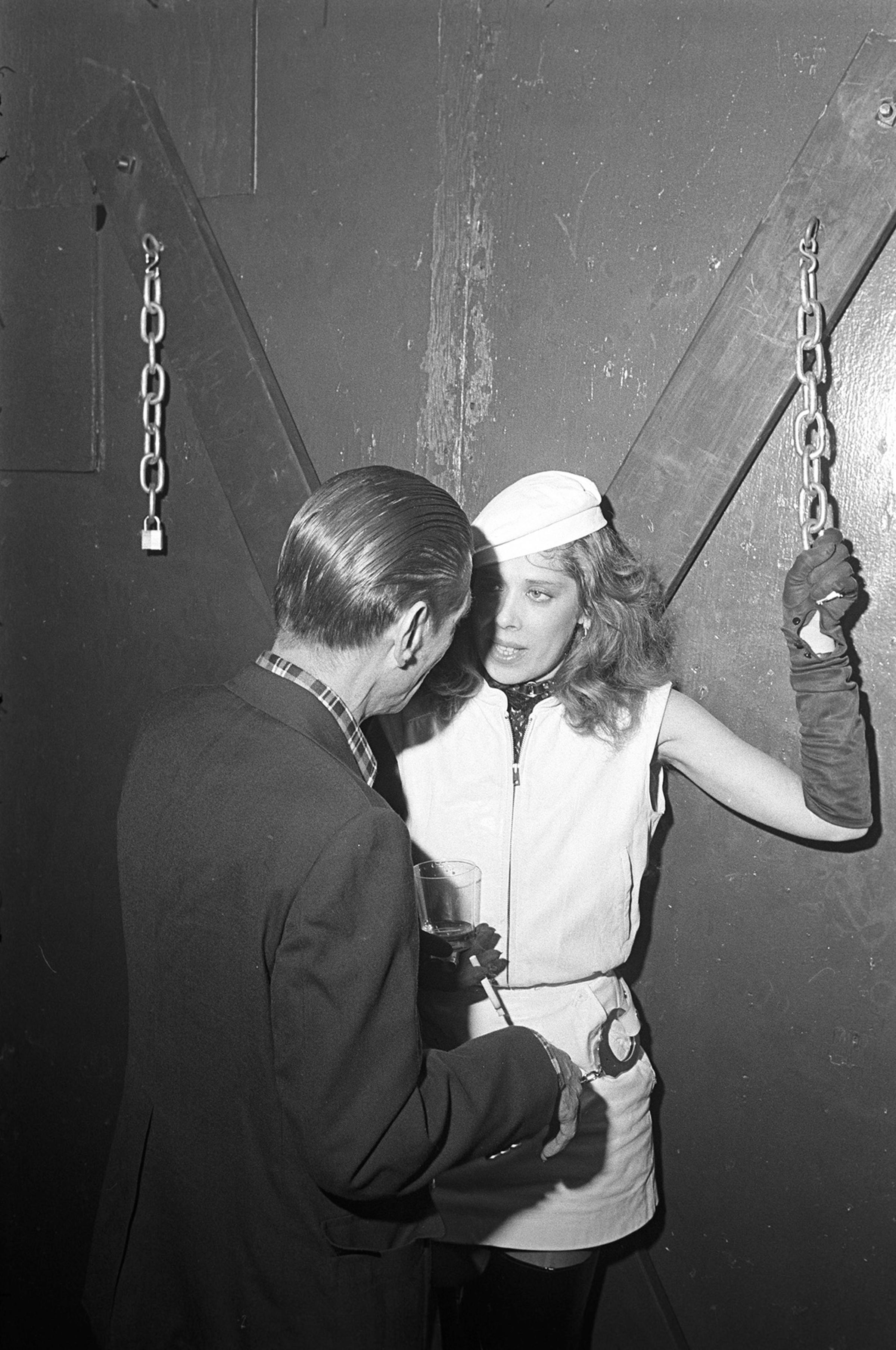
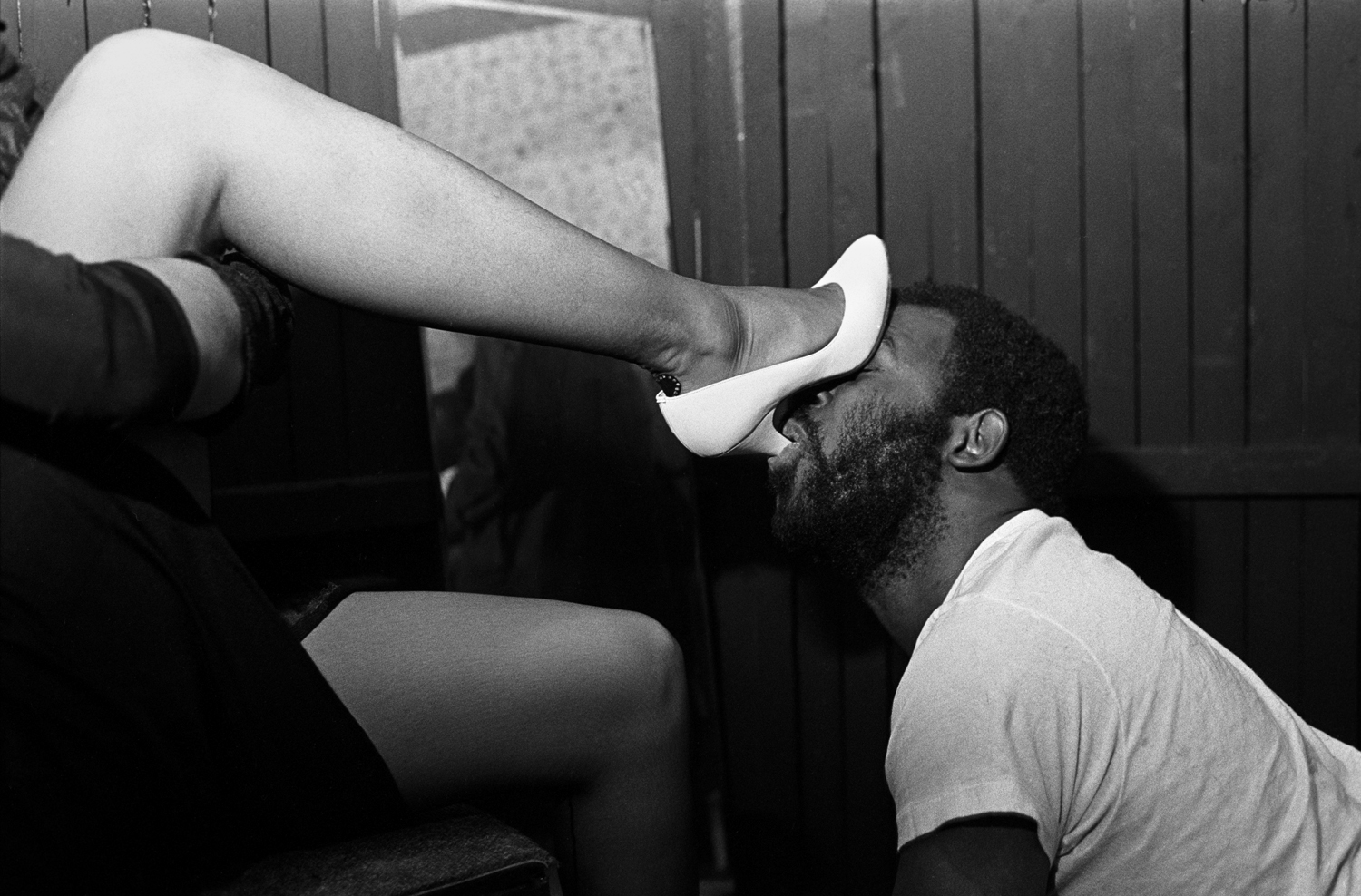
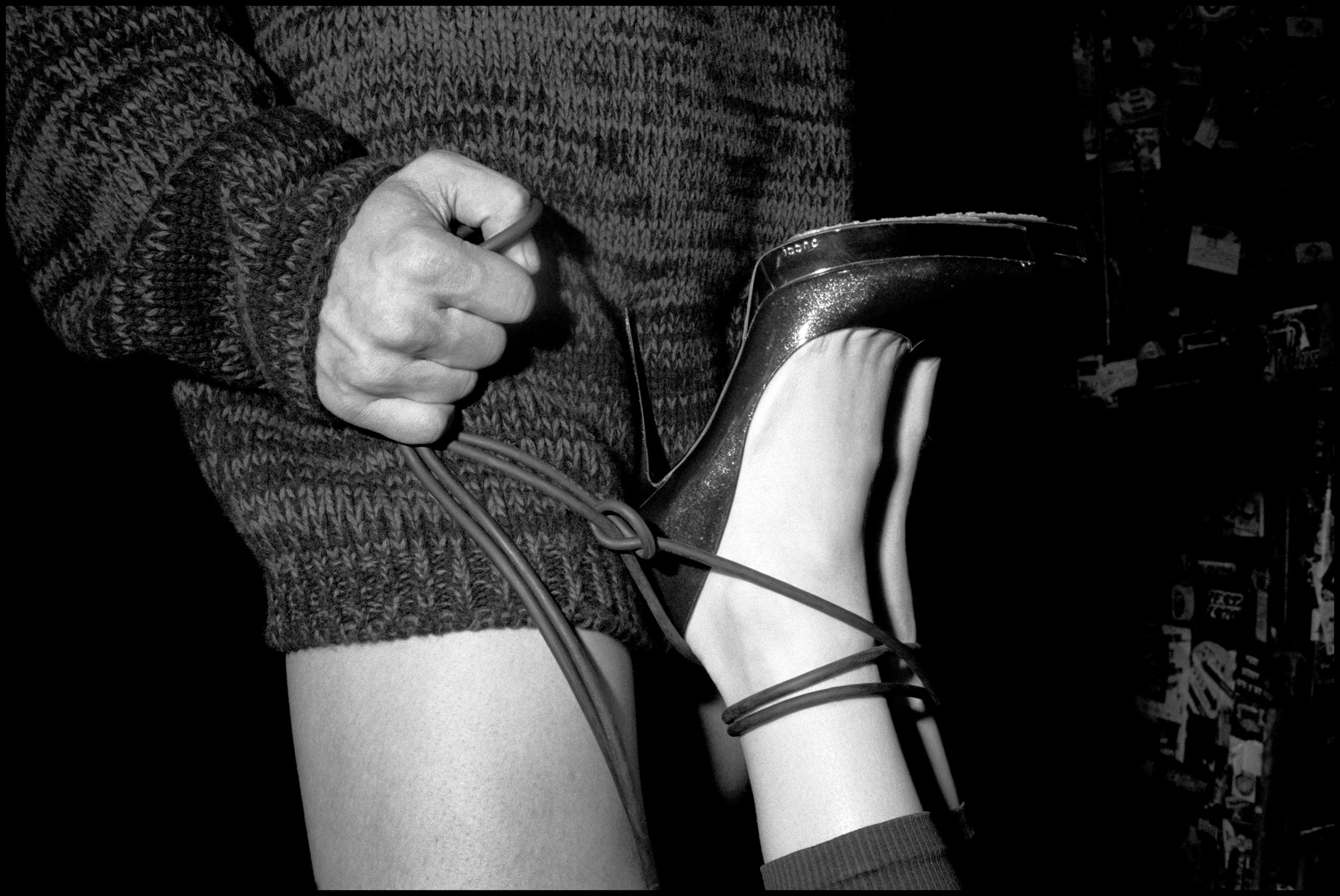






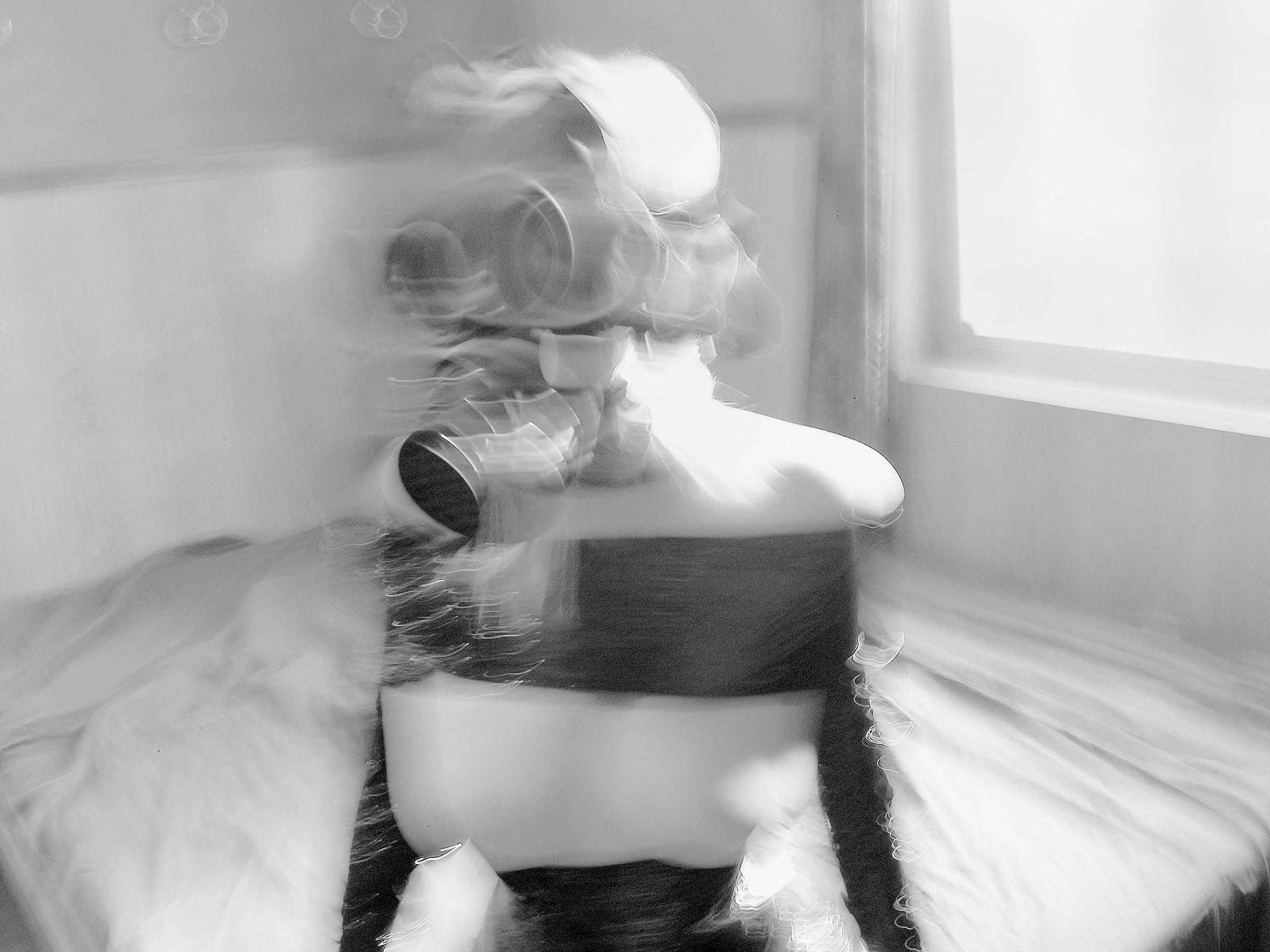

More Must-Reads from TIME
- Donald Trump Is TIME's 2024 Person of the Year
- Why We Chose Trump as Person of the Year
- Is Intermittent Fasting Good or Bad for You?
- The 100 Must-Read Books of 2024
- The 20 Best Christmas TV Episodes
- Column: If Optimism Feels Ridiculous Now, Try Hope
- The Future of Climate Action Is Trade Policy
- Merle Bombardieri Is Helping People Make the Baby Decision
Contact us at letters@time.com